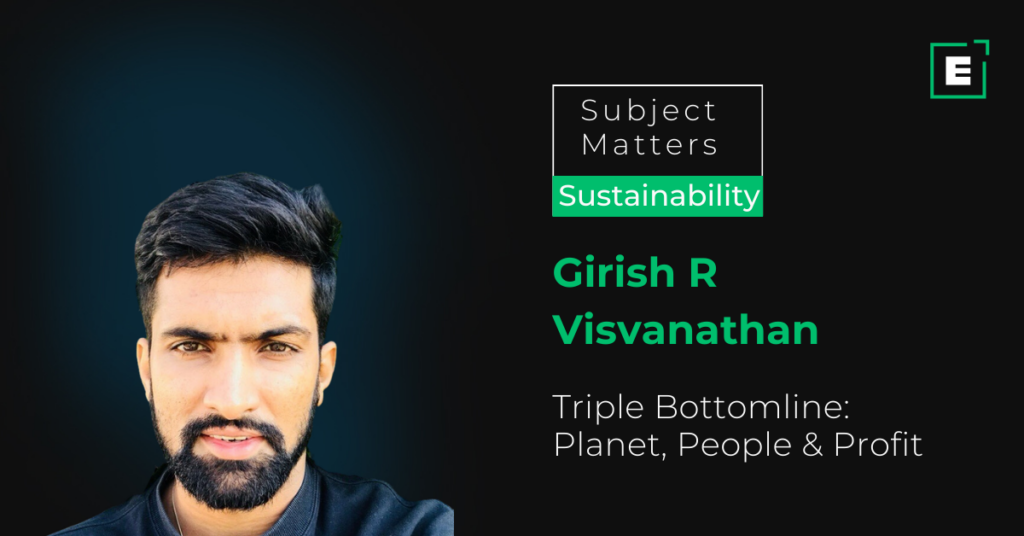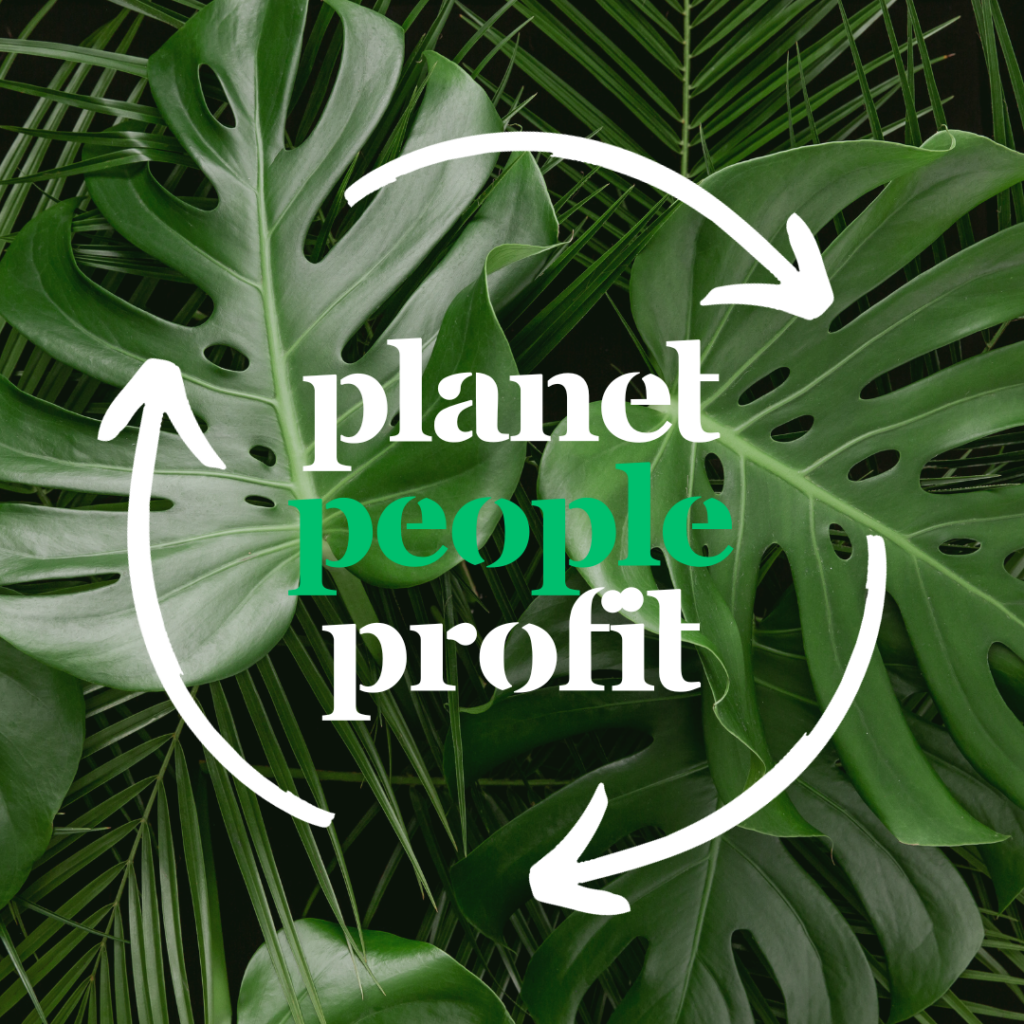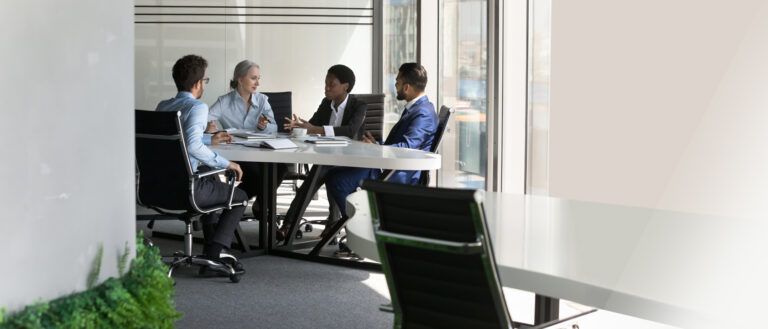A Sustainability Expert’s Take on the Triple Bottom Line and Why It Works

Sustainability has surged to the forefront of global concerns in our increasingly interconnected world. As we confront pressing environmental challenges, the urgency to reevaluate our choices intensifies. From the products we use to the services we depend on, every decision carries consequences for our planet. Within this context, the Triple Bottom Line (TBL) emerges as a potent tool, enabling us to gauge the impact of our decisions. In this blog, we’ll deep dive into the TBL, unpacking how the framework assesses the importance of People, Profit, and Planet in sustainability.
What is the Triple Bottom Line in Sustainability?
The triple bottom line is a powerful and effective tool. Much like how the rule of divisibility simplifies the process of determining divisibility in mathematics, the TBL simplifies the evaluation of our choices in terms of their impact on People, Profit, and Planet. It offers a holistic perspective, ensuring that we consider our decisions’ social, economic, and environmental aspects, making it an indispensable guide for sustainable decision-making.
1. Planet: The Environmental Imperative
The first and perhaps the most critical pillar, Planet, addresses the environmental impact of our actions. It prompts us to consider how our choices affect the Earth, its ecosystems, and the future of our planet.
2. People: The Human Dimension
The second pillar of the triple bottom line, People, emphasizes the social and human aspects of sustainability. It underscores the importance of considering how a particular solution or service affects individuals and communities.
3. Profit: The Economic Aspect
The third yet indispensable pillar, Profit, delves into the economic implications of our choices. It necessitates an understanding of how a service or solution can yield economic benefits and foster sustainable growth. Profitability also ensures replication, repeatability, and widespread reach of solutions.

Triple Bottom Line Examples in the Real World
Now, let’s put the TBL to the test using some real-world examples.
Triple Bottom Line Example 1: Solar Panels: A Sustainable Power Solution
Solar panels are a glorious example of a solution that excels across all three TBL pillars. When evaluating solar panels through the TBL lens:
- Planet: Solar panels significantly reduce our reliance on fossil fuels, thus curbing tons of harmful emissions. The carbon footprint equivalent of burning coal is vastly reduced, helping mitigate climate change.
- People: Solar panels ensure increased indoor thermal comfort as they provide shade when installed on rooftops. They also reduce our dependence on centralized energy sources, promoting energy independence.
- Profit: While there is an initial investment, the long life of solar panels (often around 20 years or more) means that they pay for themselves over time through reduced energy bills and potential government incentives.
Triple Bottom Line Example 2: Rainwater Harvesting: Nurturing Both People and Planet
Rainwater harvesting is another sustainable solution that aligns with the TBL framework:
- Planet: Rainwater harvesting recharges aquifers, replenishing groundwater resources. It helps combat water scarcity and reduces pressure on surface potable water sources.
- People: The harvested rainwater is often purer than other sources, with no Total Dissolved Solids (TDS). This ensures a clean and safe water supply for households.
- Profit: By using rainwater for various purposes, homeowners can reduce their reliance on municipally supplied water and tanker water purchases, leading to cost savings over time.
Triple Bottom Line Example 3: LED Lighting: Illuminating the TBL Principles
LED lighting is a clear winner when considering the TBL:
- Planet: The lower energy consumption of LEDs reduces the overall carbon footprint associated with lighting, contributing to environmental conservation. LED’s reusability and recyclability, compared to their predecessors, make them a straightforward choice.
- People: LED bulbs emit less harmful UV radiation compared to CFLs and have no mercury content that has the potential to seep into subsoil strata and water bodies. This makes them safer for both human health and the environment.
- Profit: LED bulbs consume significantly less energy, which translates into lower electricity bills for consumers and reduced operating costs for businesses. The lower heat emissions also translate into indirect cost savings via reduced air conditioning loads.
Does the Triple Bottom Line Approach Always Work?
While the Triple Bottom Line (TBL) framework stands firm in the above examples, it’s crucial to acknowledge instances, such as Electric Vehicles (EVs), that may fall short of fully aligning with all three pillars.
Planet
- Positive: From an environmental perspective, EVs significantly reduce greenhouse gas emissions compared to traditional gasoline-powered vehicles, contributing to cleaner air and climate change mitigation.
- Disputed: The environmental impact of EV battery production, including mining and resource extraction, raises concerns about the sustainability of EVs in the broader context of resource consumption. The disposal of large EV batteries is also a matter of concern.
People
- Positive: EVs have the potential to improve air quality and public health by reducing harmful tailpipe emissions, especially in urban areas.
- Debatable: Concerns have been raised about the environmental and social impacts of lithium-ion battery production for EVs, including resource extraction and labor conditions.
Profit
- Positive: Electric vehicles (EVs) can be considered profitable investments over the long term, with lower operational and maintenance costs than traditional gasoline vehicles.
- Contentious: The higher upfront cost of EVs is a point of contention, with some consumers hesitant to make the initial investment.
How to Plan a Triple Bottom Line for Business
Now, let’s put theory into practice and explore how your business can create a Triple Bottom Line (TBL) plan. To illustrate, we’ll use waste management as a concrete example.
Planet – Sustainable Waste Disposal
Example: Effective Waste Disposal Methods
Start with the planet pillar. Consider how your business can implement effective waste disposal methods such as segregation. This not only diverts waste away from landfills but also reduces the need for virgin materials. Additionally, it can open doors to innovative opportunities like solid waste reuse and the generation of resources such as biogas from wet waste. By doing so, your business contributes to a healthier planet and supports more sustainable ecosystems.
Profit – Unlocking Value from Waste
Example: Waste as a Potential Source of Wealth
Moving to the profit pillar, think of waste as a potential source of wealth. Practices like recycling, upcycling, and composting can unlock value from materials that are typically discarded. Beyond promoting sustainability, these practices offer opportunities for your business to create value from what might otherwise be considered waste. This aligns profitability with sustainability goals.
People – Strengthening Communities
Example: Supporting Local Recycling Initiatives
Lastly, consider the people pillar. Engage with local recycling initiatives and collaborate with waste collectors like Kabadiwallas. By doing so, your business not only enhances waste management but also directly contributes to the well-being of your community. Responsible waste practices reduce pollution and health risks, such as harmful methane emissions from dump yards, which can make nearby regions unlivable. Your business becomes a responsible member of the community while achieving sustainability goals.
Going Beyond the Bottomline
For businesses, it’s mostly about the bottom line. But in a world grappling with urgent environmental challenges, the triple bottom line should really be our ecological compass, steering us toward a more sustainable future. It’s a straightforward yet effective framework that helps us weigh the well-being of people, the pursuit of profit, and the nurturing of our precious planet in every decision we make. As conscientious consumers, we bear both the responsibility and the privilege to champion sustainability, forging a path toward an eco-friendly world.
NOTE: The views expressed in this article are those of the author and not of Emeritus.




